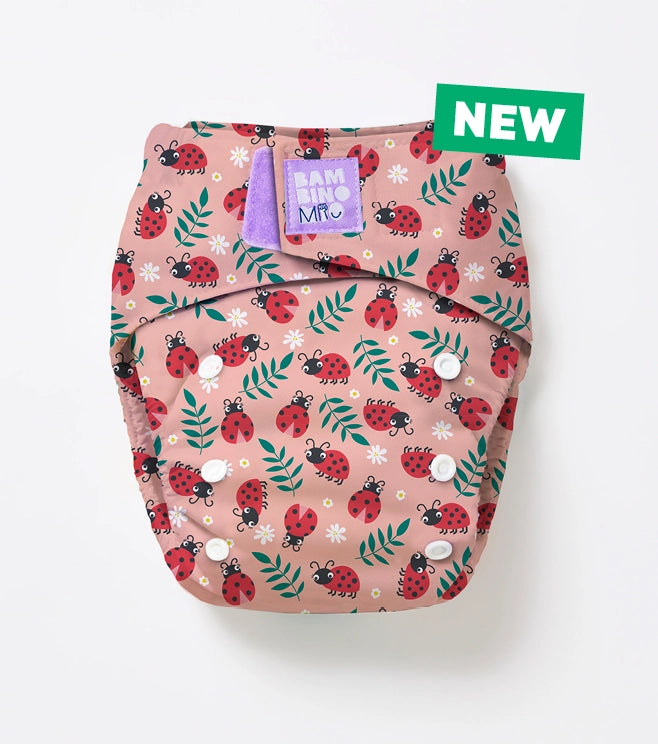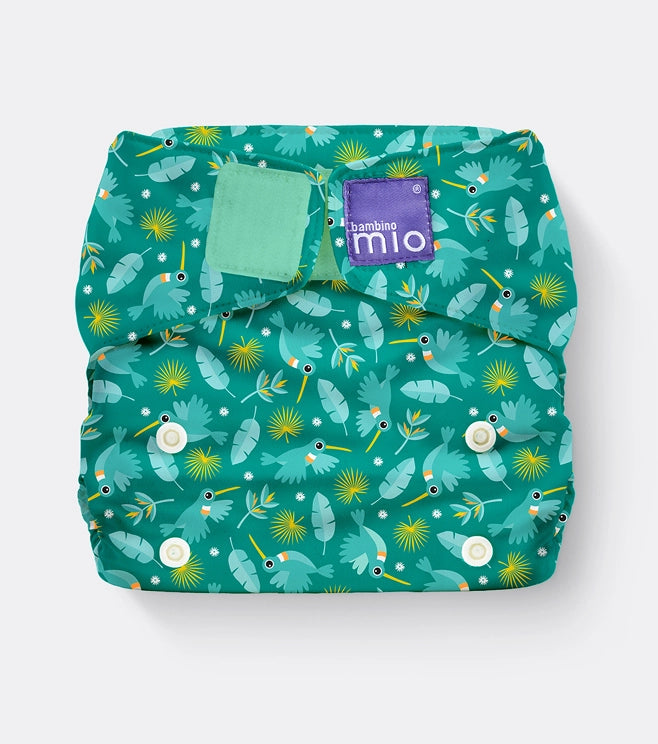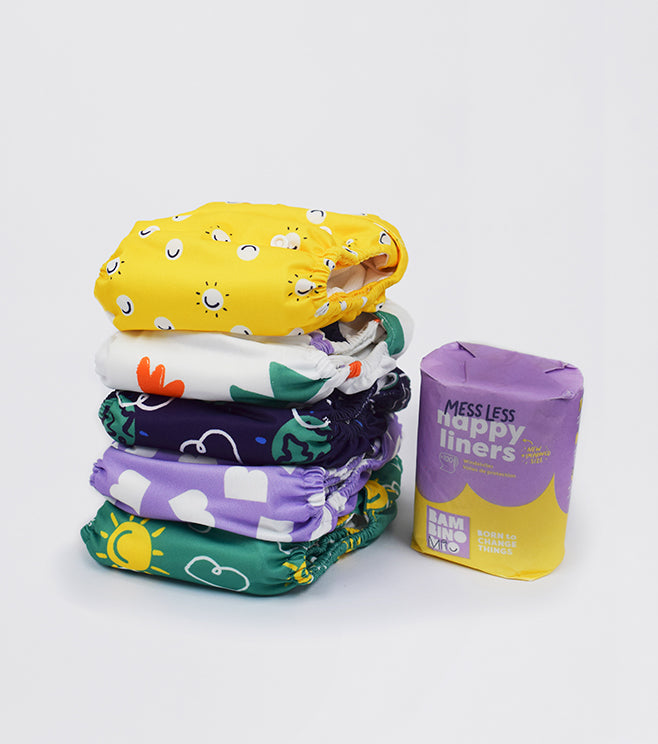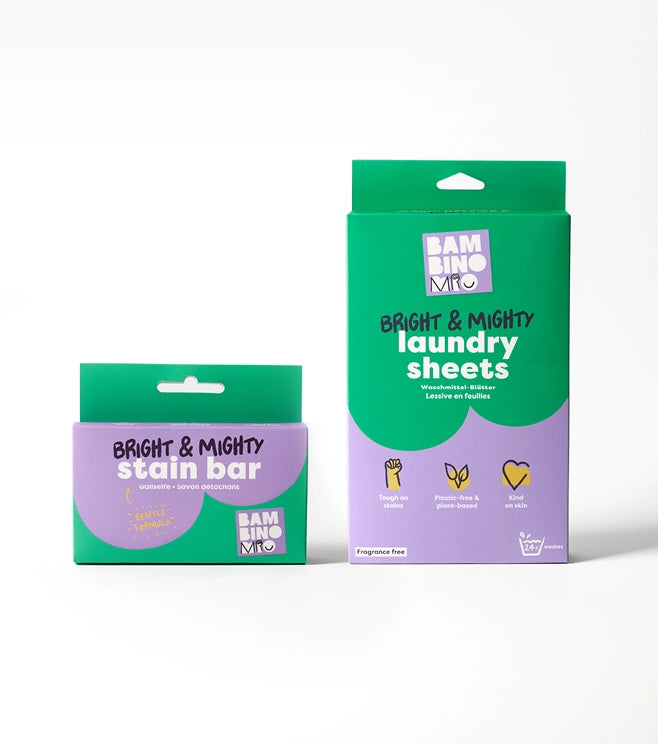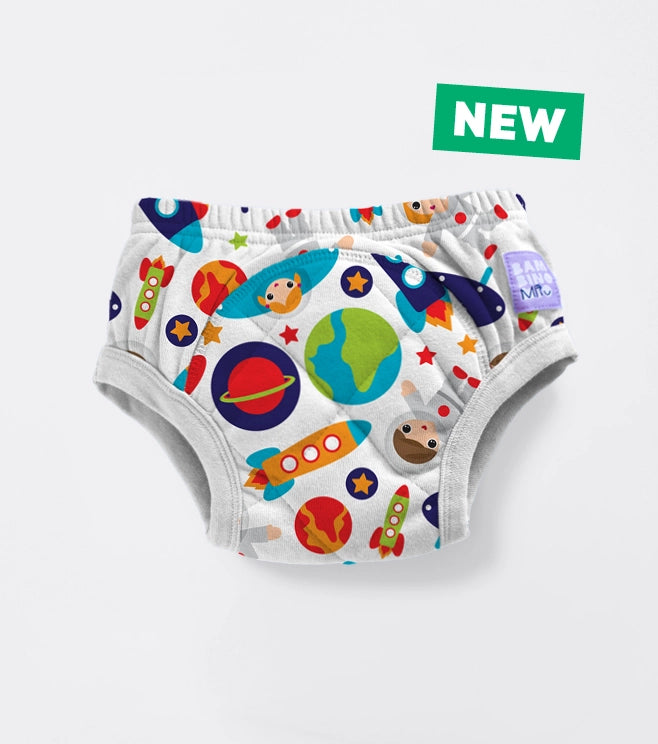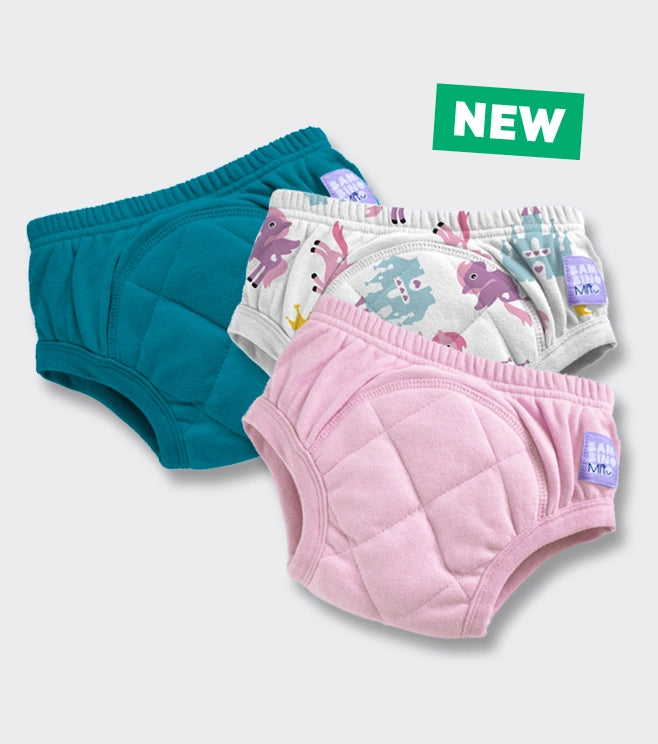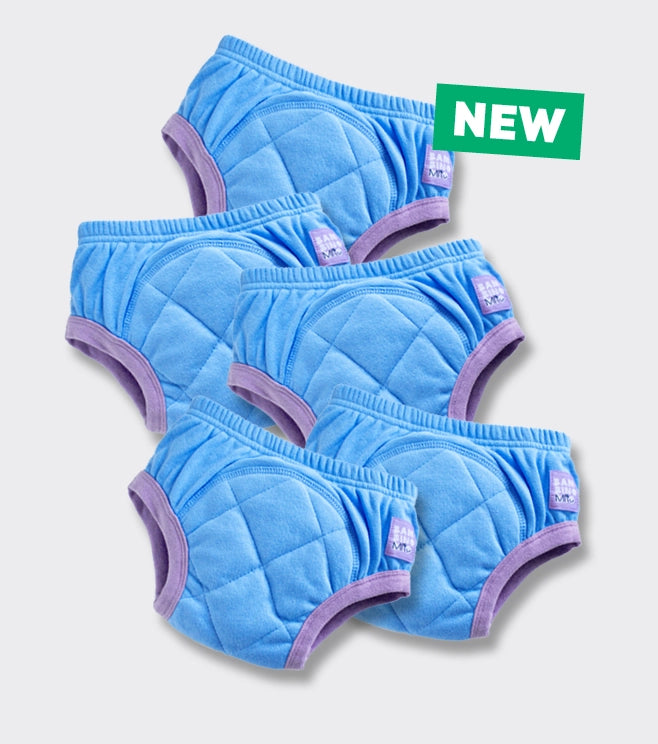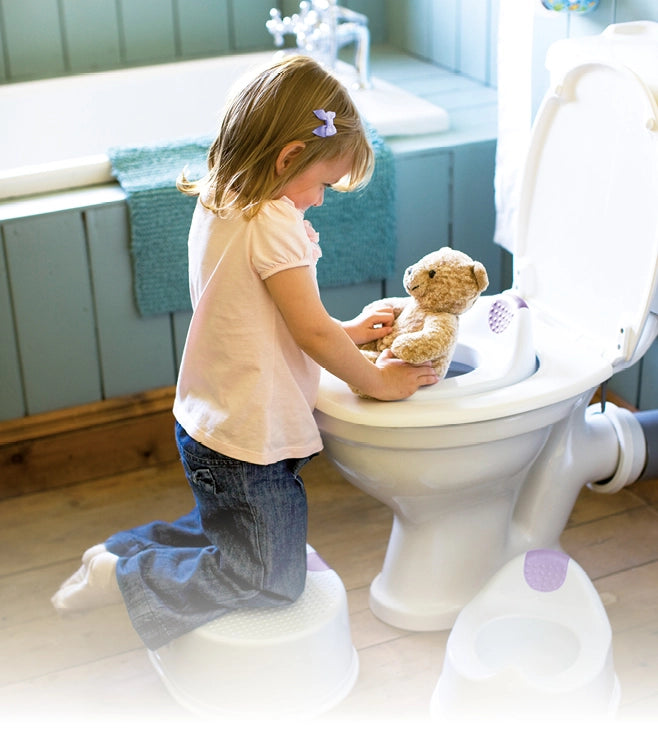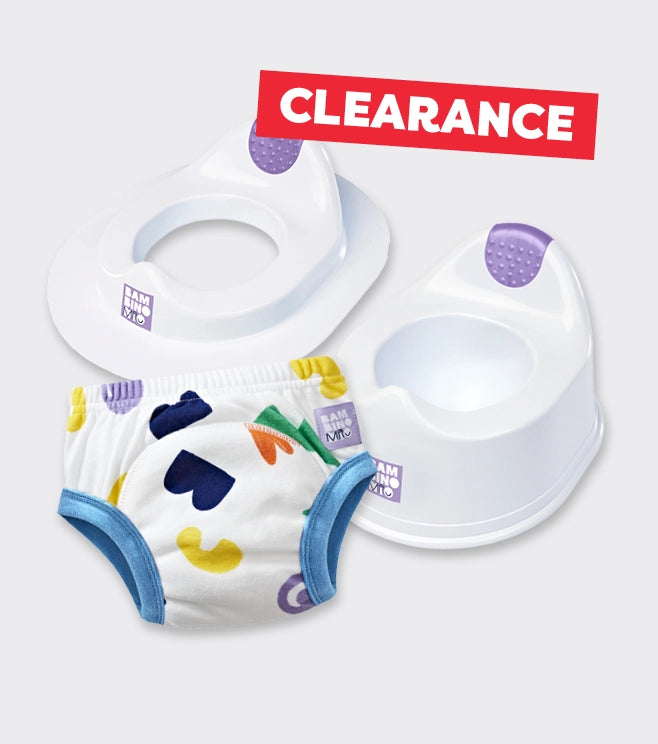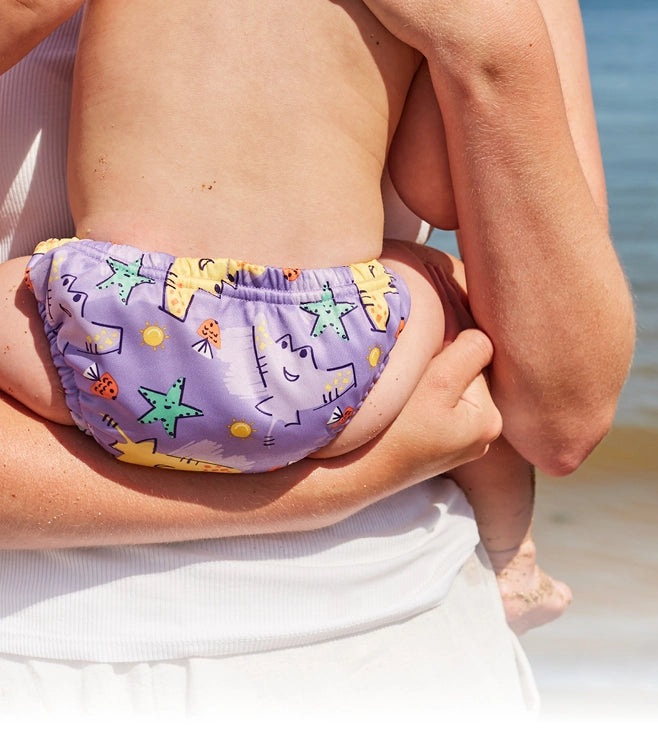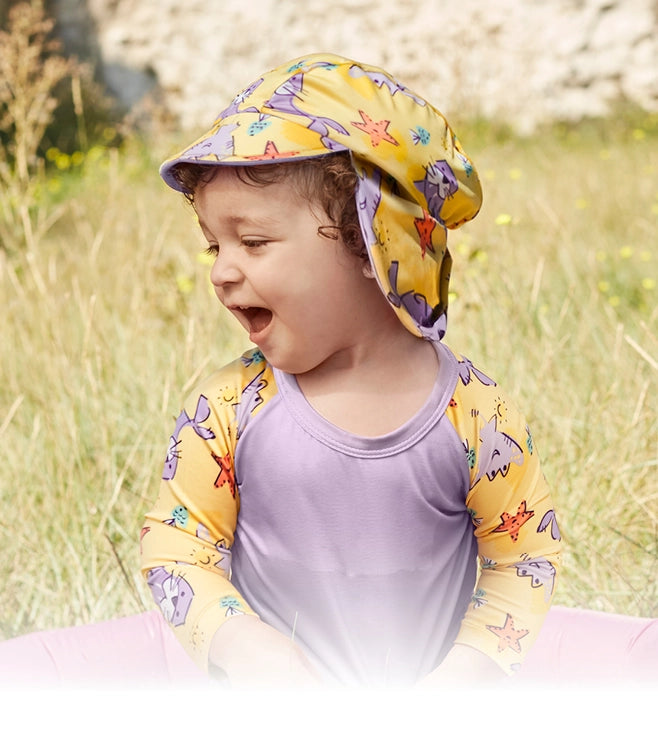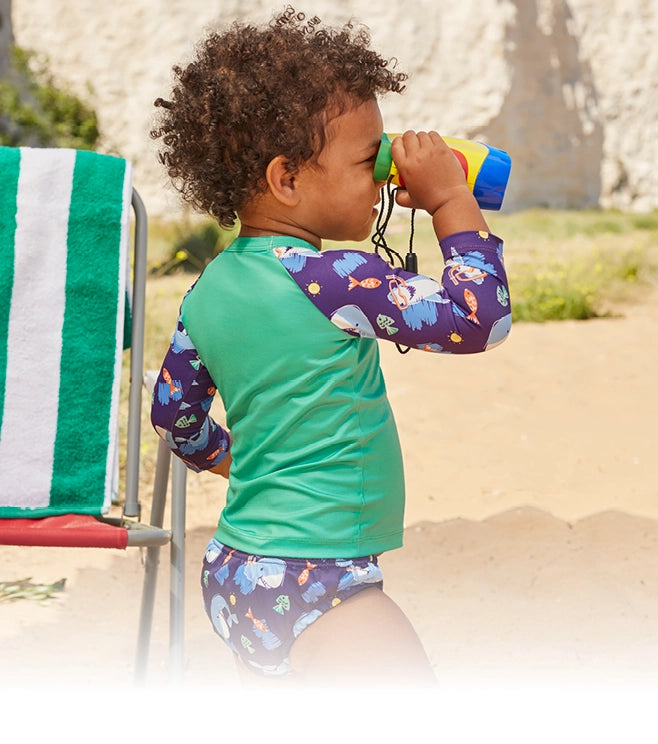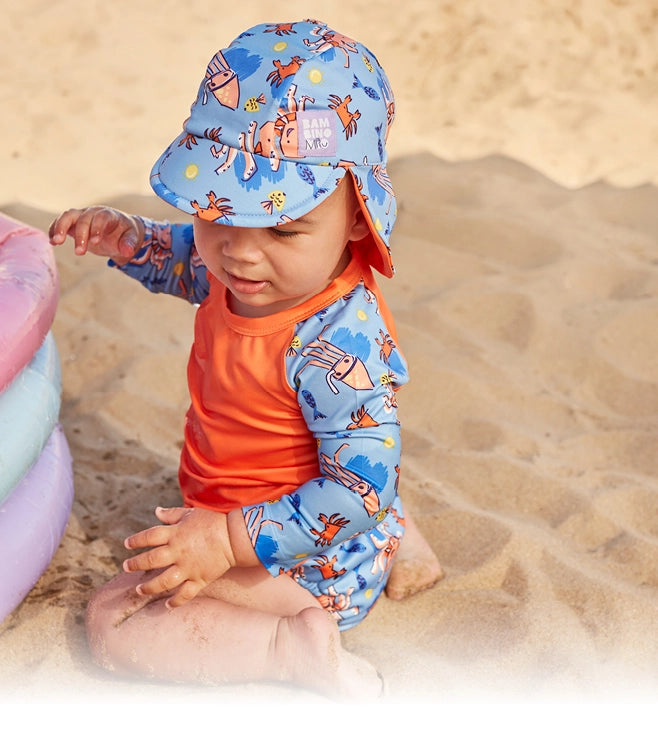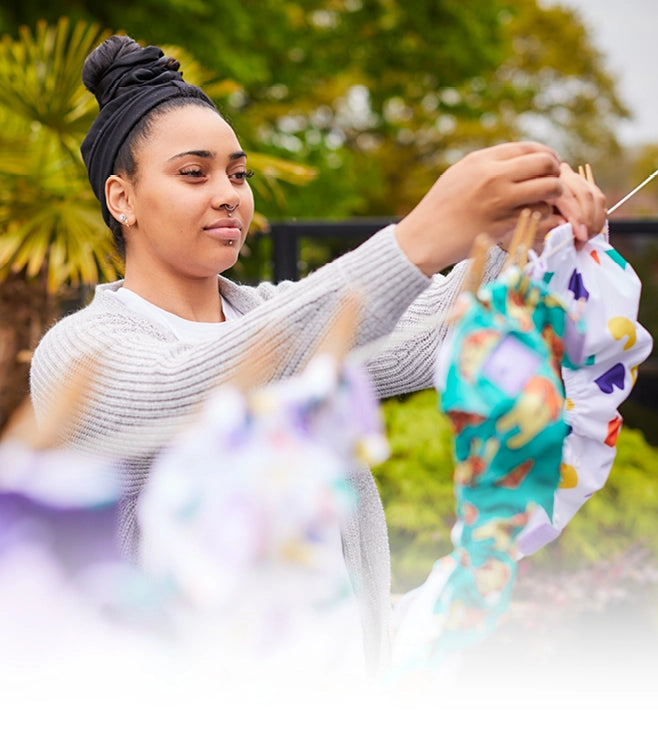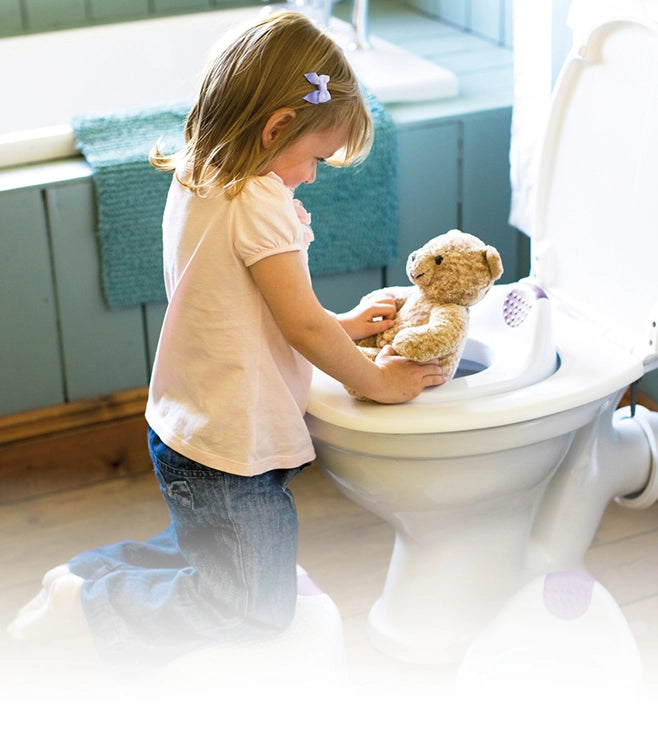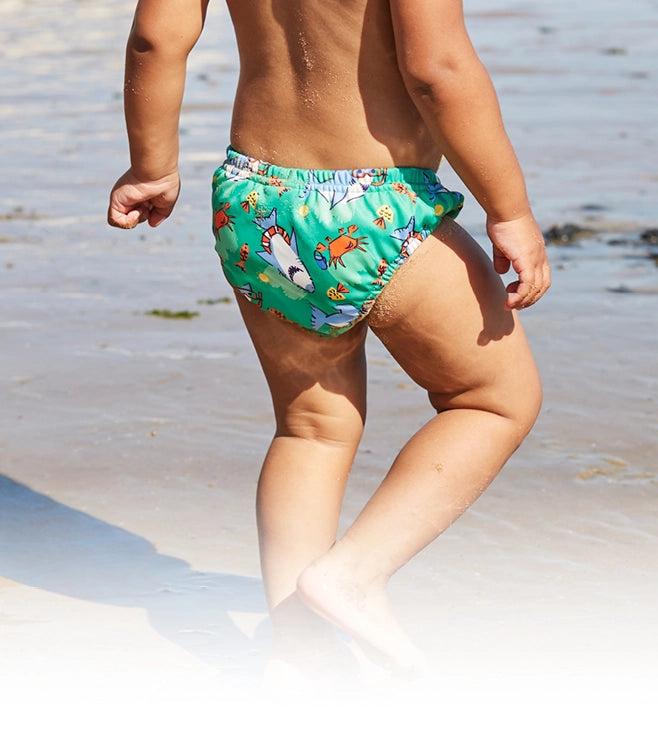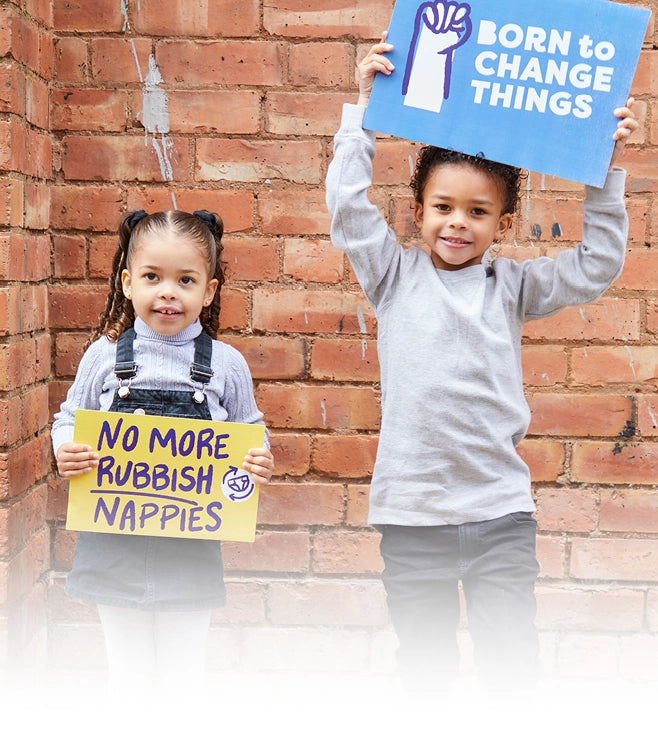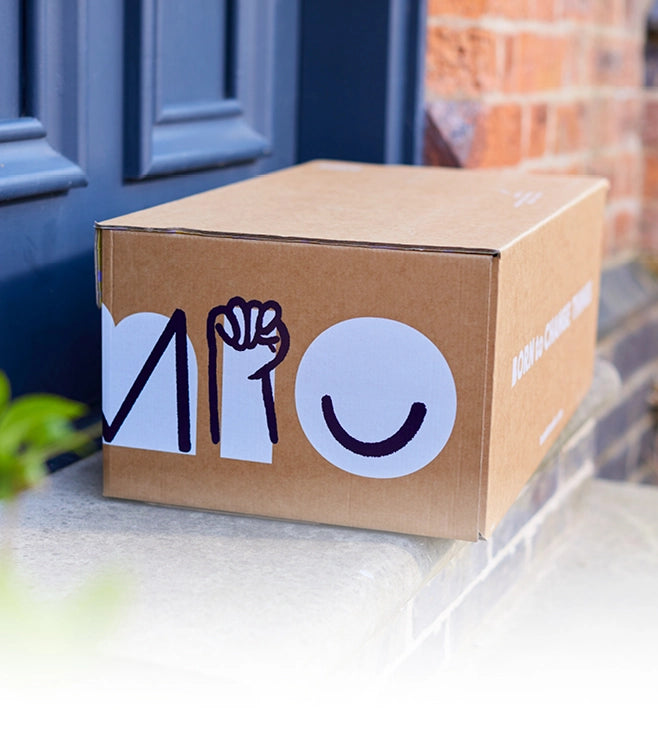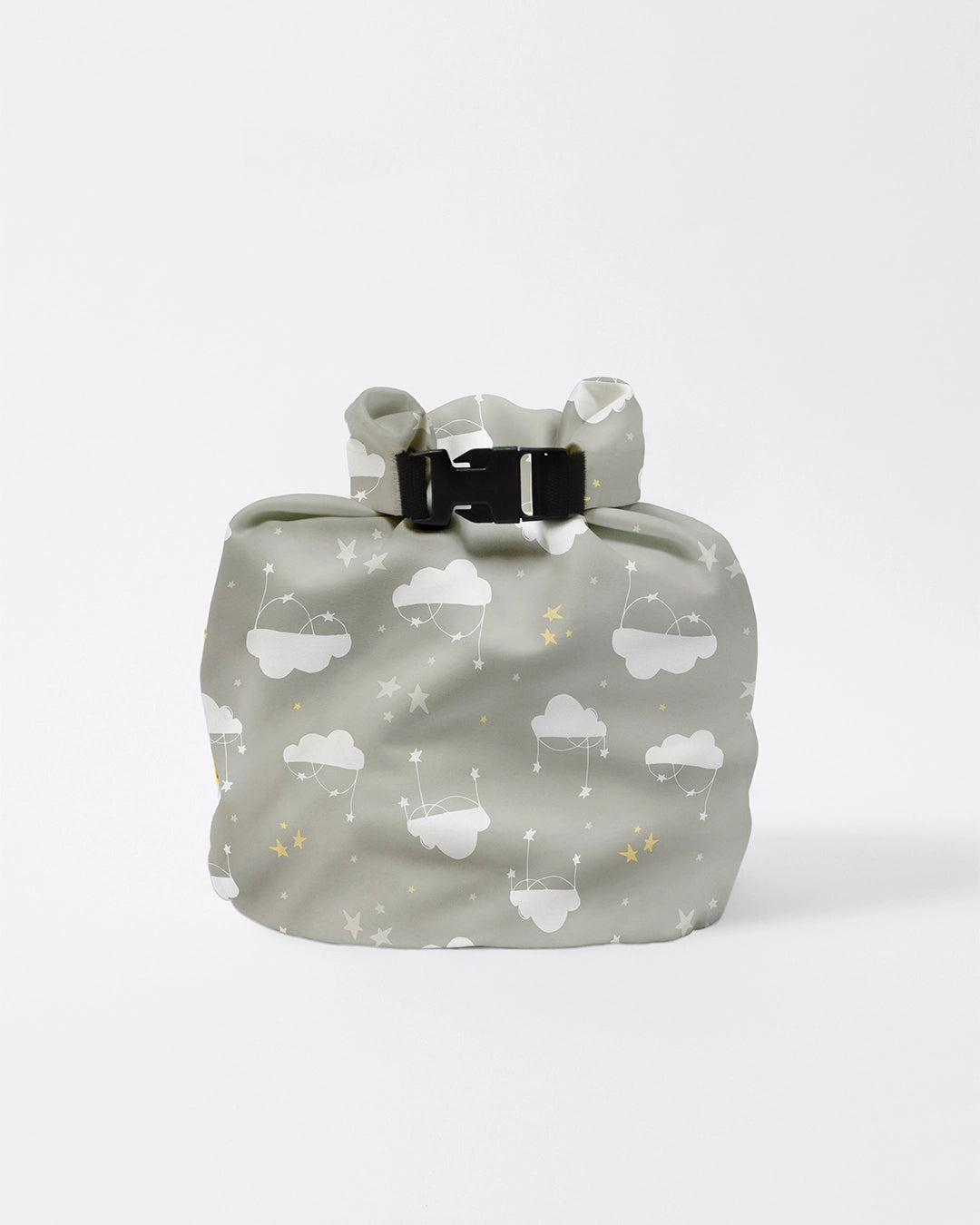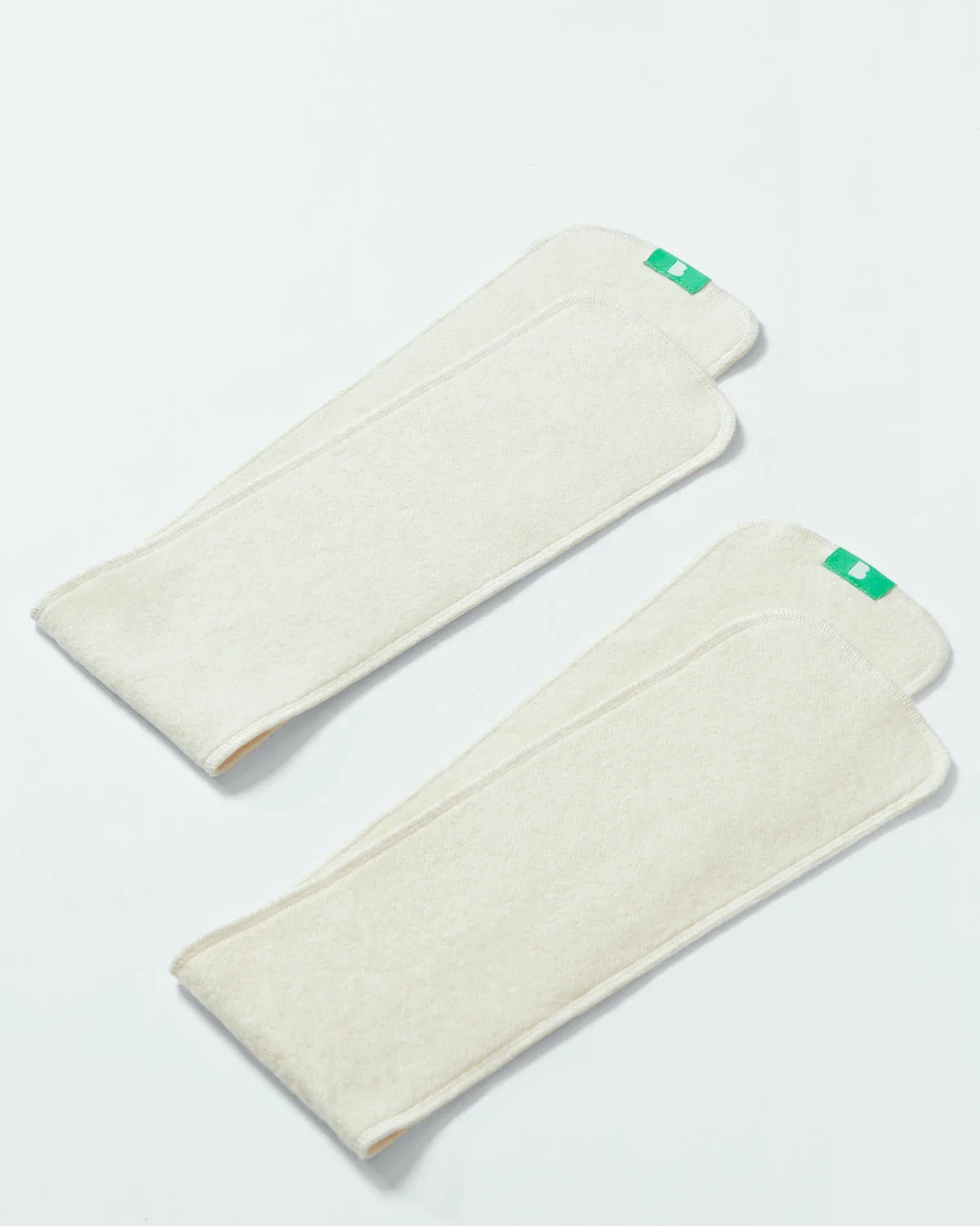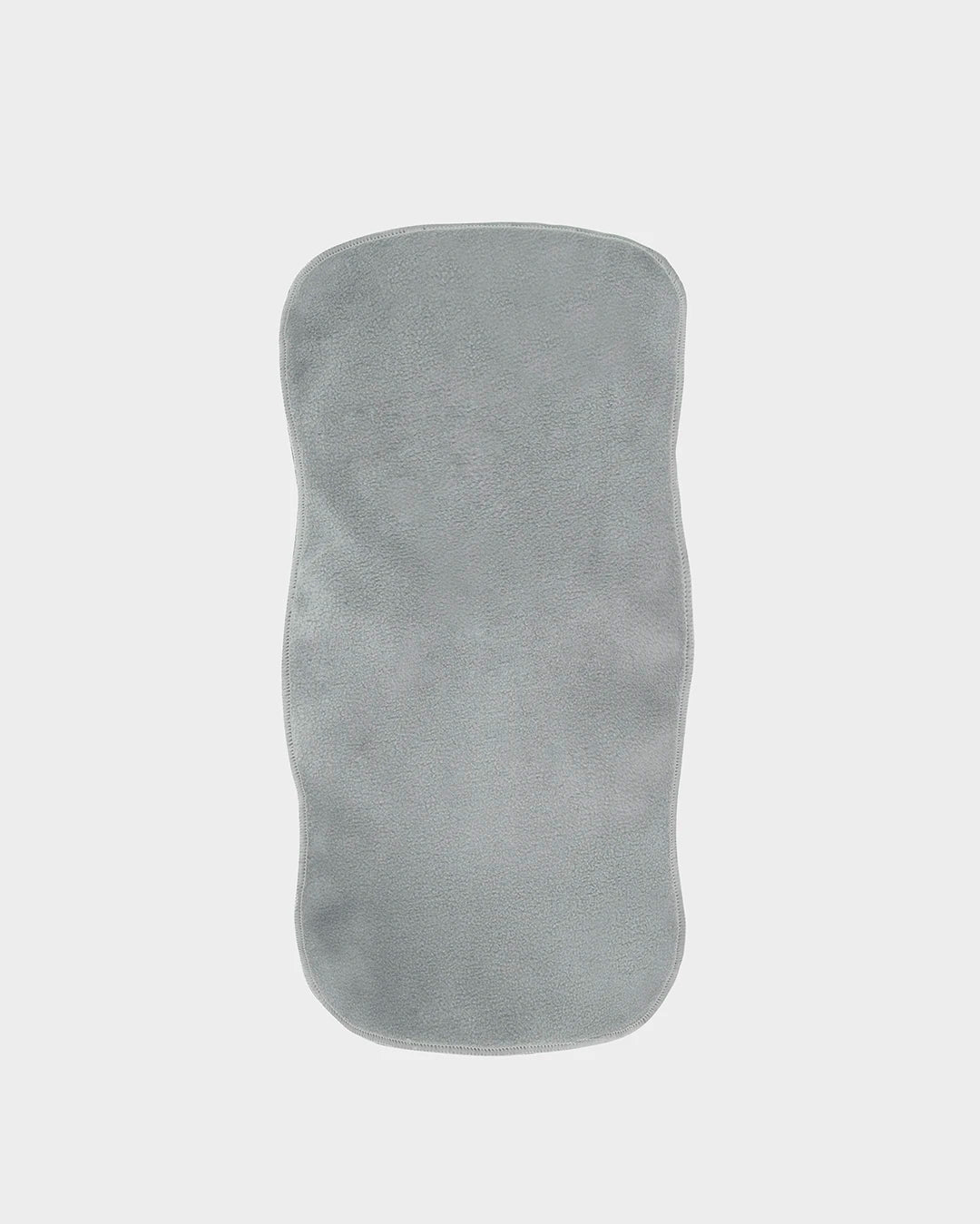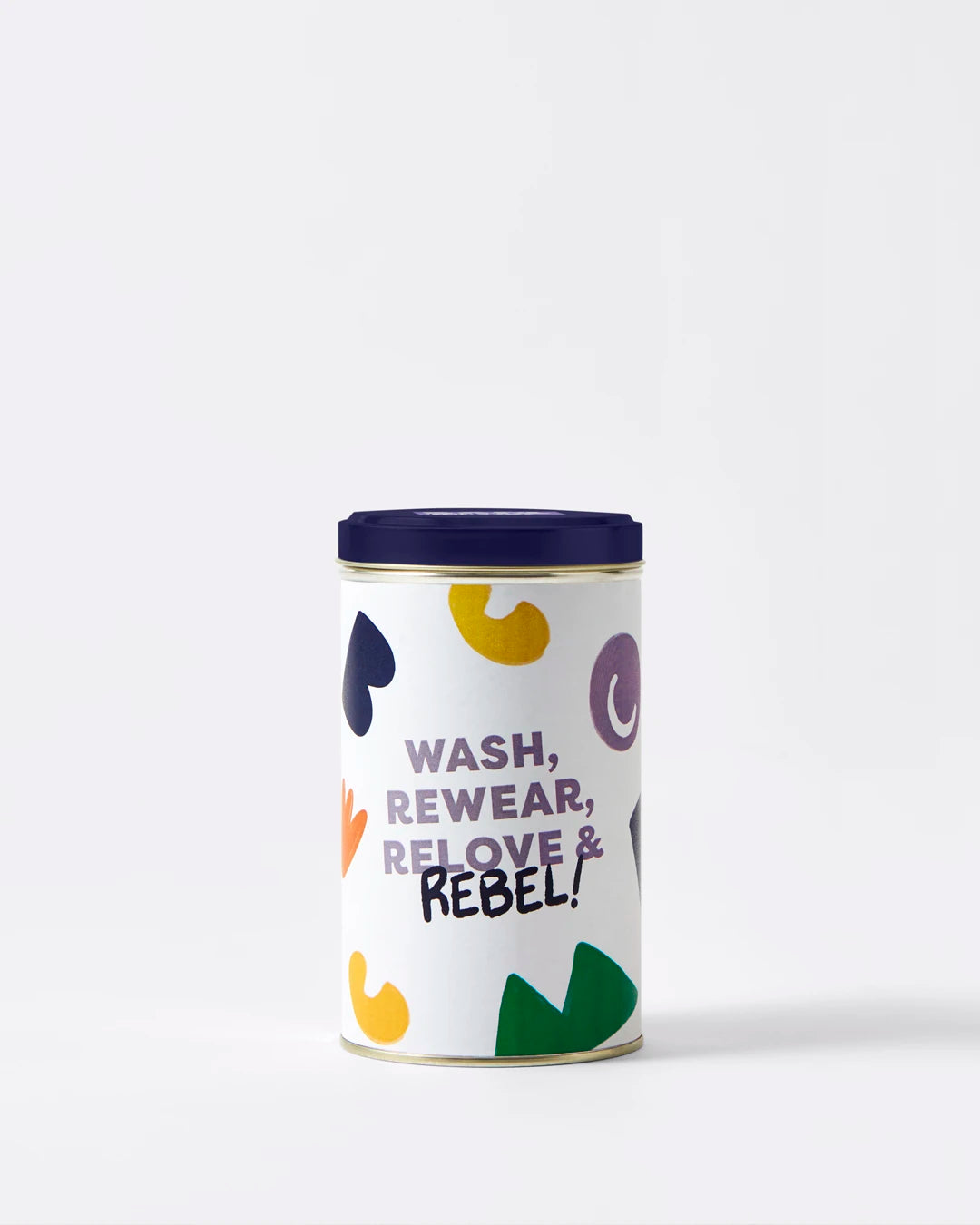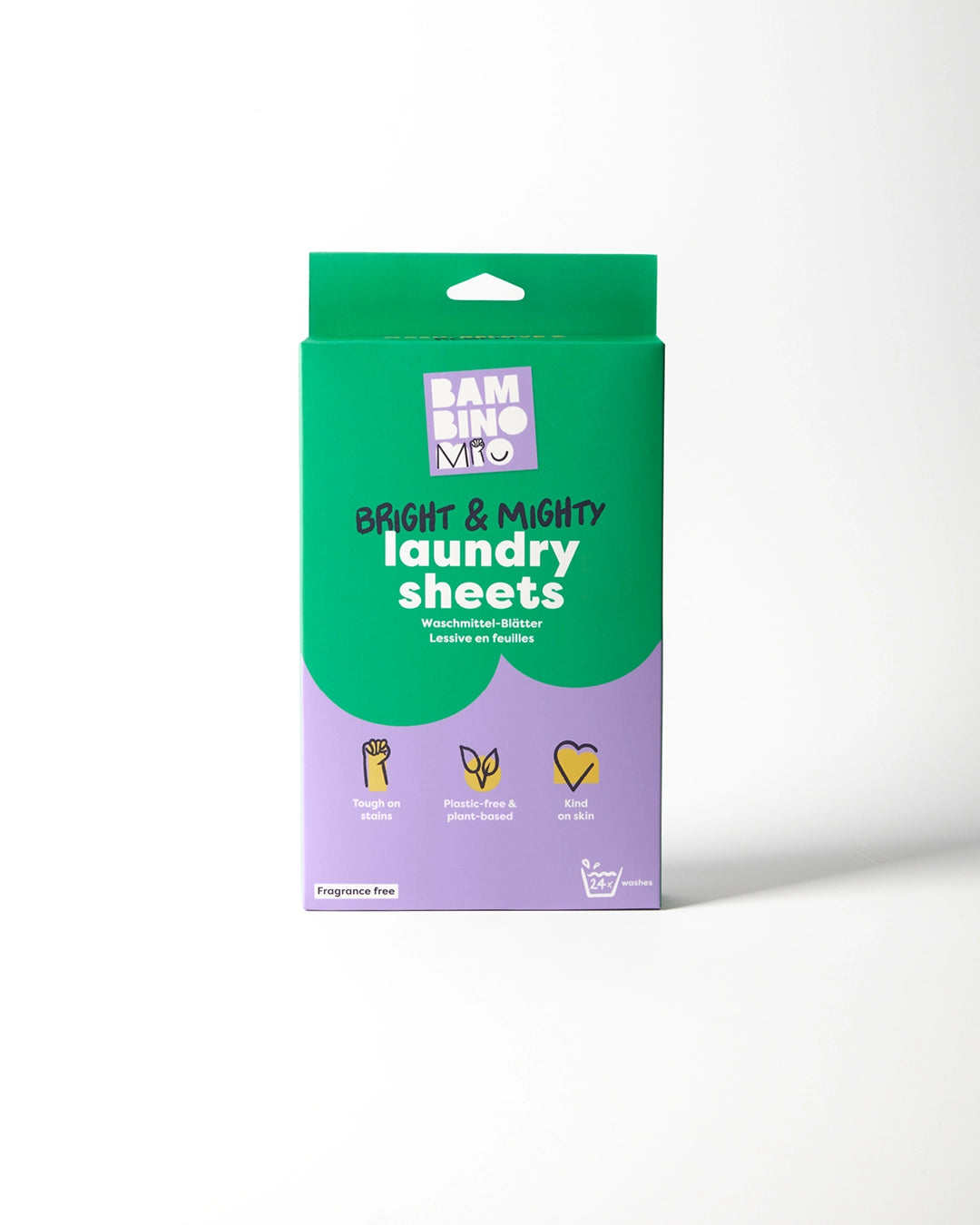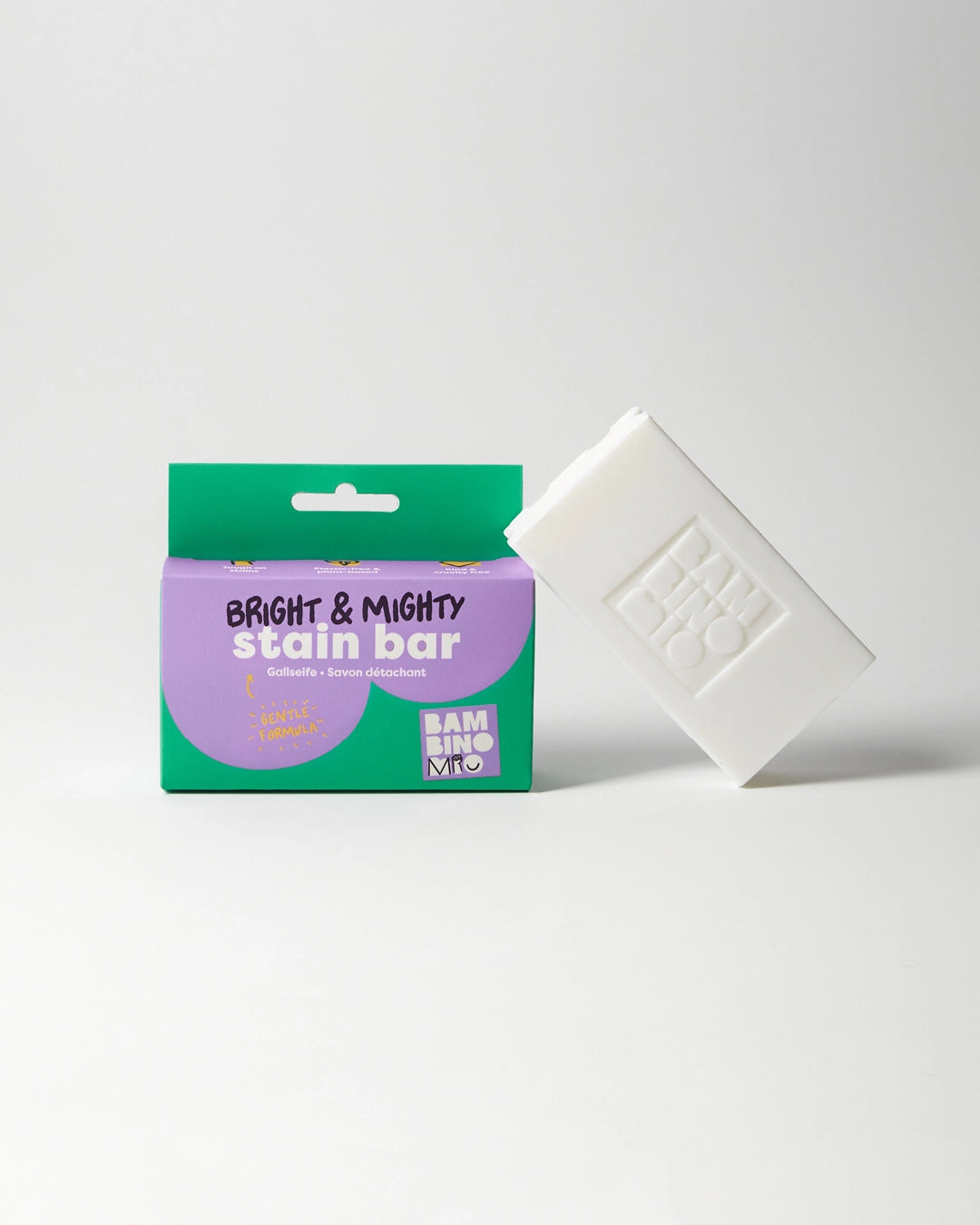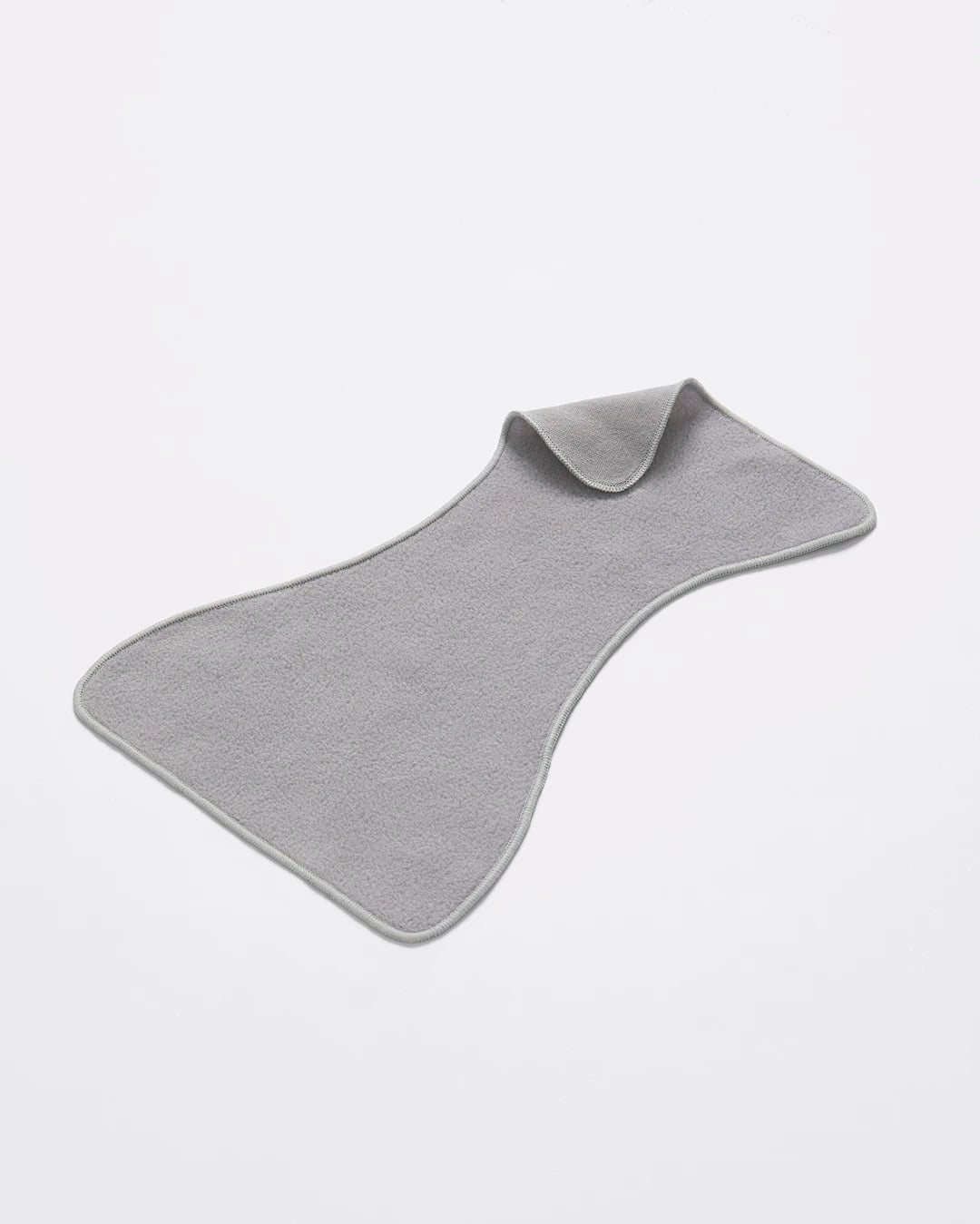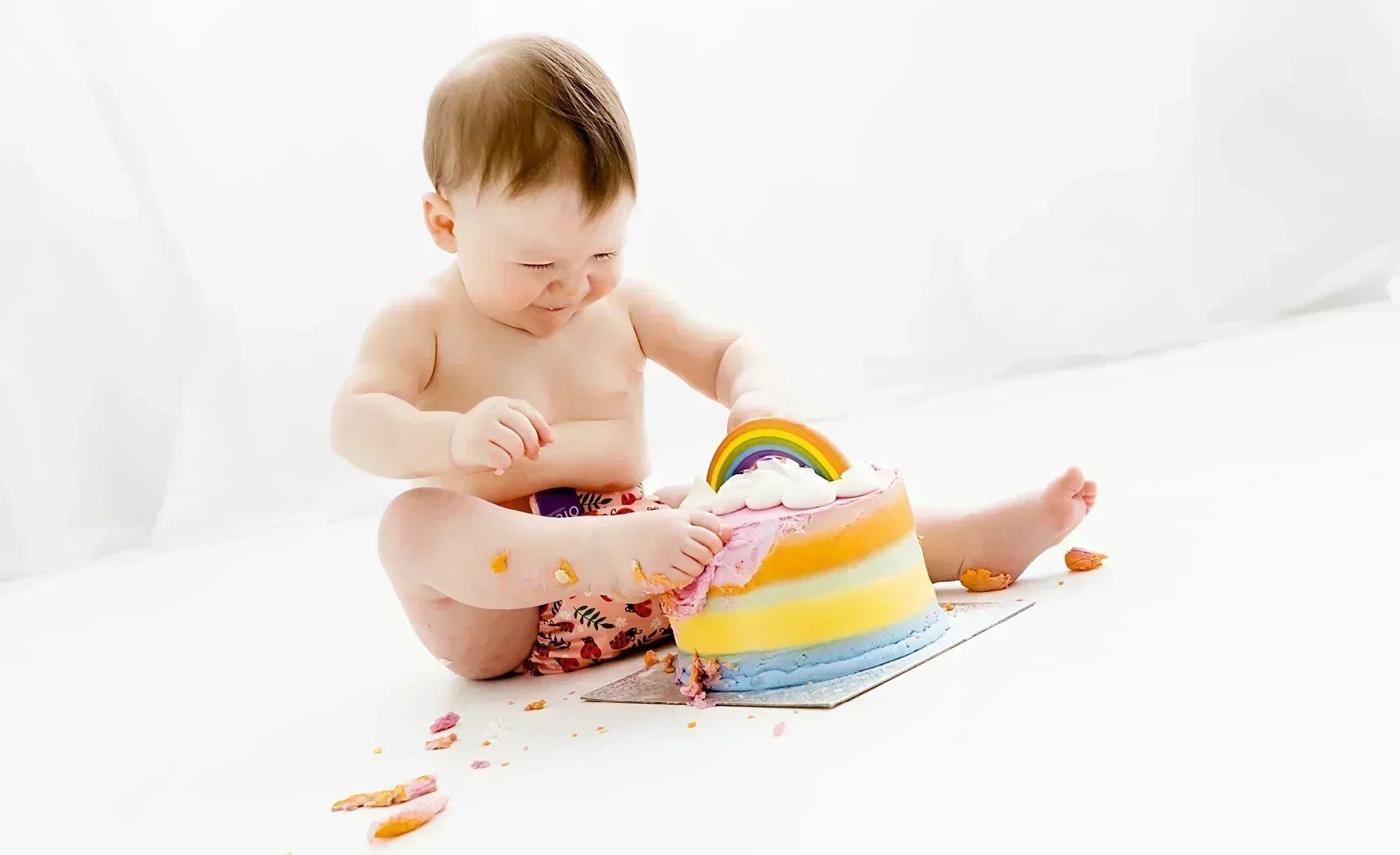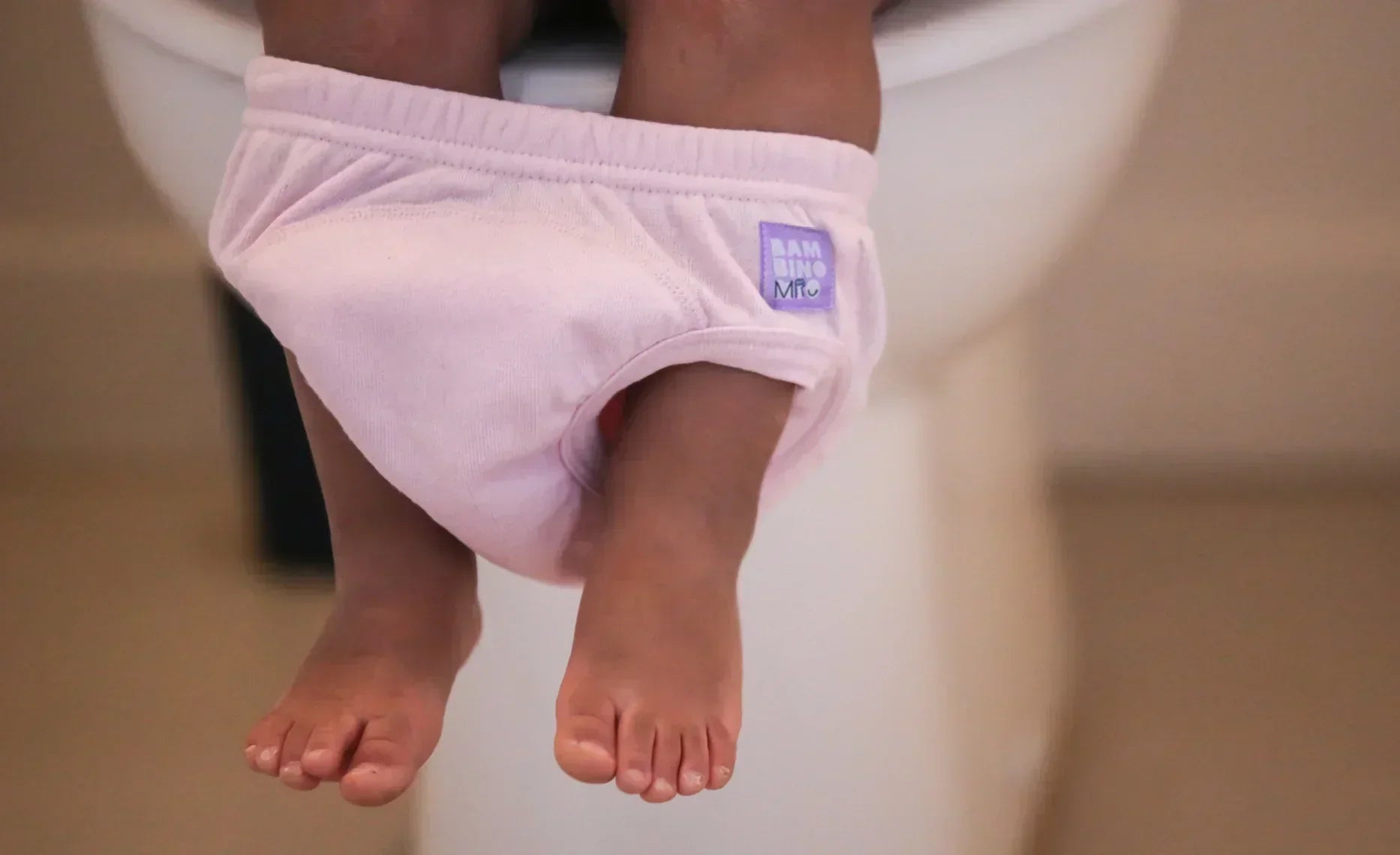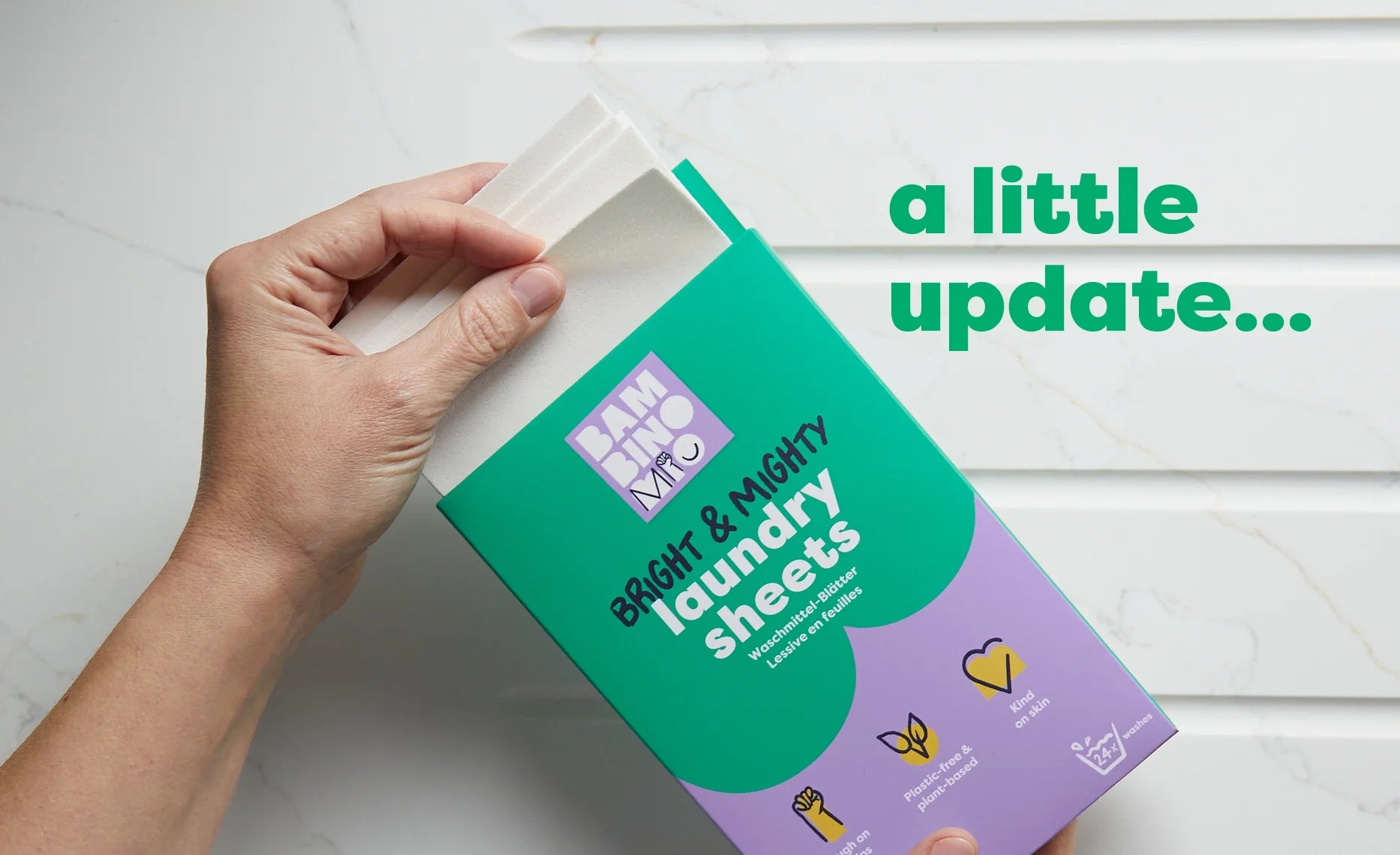How Many Teeth Does a Child Have?
Share Options
- Bambino Mio
- 12 / 09 / 2023
Inside this Article:
- How many baby teeth do you have?
- How many teeth do kids have on their bottom and lower jaws?
- The functions of the different types of baby teeth
- How long do children’s baby teeth last for?
- Why do children only have 20 teeth when adults have 32?
- They may be only temporary, but baby teeth are still very important
- Citations and References
Your baby will start to cut their milk teeth at around the age of six months, starting with their upper and lower incisors (front teeth).
How many baby teeth do you have?
More teeth will appear in your child’s gums behind these incisors until, at the age of around 30 months, your child will have their full set of 20 baby, or primary, teeth.
How many teeth do kids have on their bottom and lower jaws?
A full set of baby teeth comprises 10 teeth in your child’s bottom jaw and 10 in their upper jaw.
There’s four incisors (front teeth), four lateral incisors (the front teeth on either side of incisors, four canines (eye teeth), four first and four back molars.
A quick bout of mental arithmetic brings the total up to 20 and you’ll notice that the shape and function of the different types of baby teeth (1) is very similar to that of adult teeth.
The functions of the different types of baby teeth
Incisor and lateral incisor teeth
These teeth are for biting off pieces of food before the premolars and molars get to work on chewing the food so it’s ready to be swallowed.
Canine teeth
The canine teeth, also known as eye teeth or “fangs” are for grasping and tearing food, especially harder or more fibrous food such as meat and tougher vegetables.
Premolars
Childrens’ milk teeth don’t include premolars, but these teeth come in between the ages of 10 and 12 as part of the set of adult teeth and they help to grind up food.
Molars
Molars are larger versions of premolars and they help to chew and grind up food before it’s swallowed. Children have eight molars - four front molars and four slightly larger back molars.
How long do children’s baby teeth last for?
Baby teeth are also known as deciduous teeth because they fall out. Deciduous teeth fall out in roughly the same order they come through, with the incisors loosening and coming out first at around age six and the bigger molars coming out between ages 10 and 12.
Why do children only have 20 teeth when adults have 32?
We start off with baby teeth because when we’re children our mouths and jaws aren’t big enough to fit in the full set of 32 (or 30 if your wisdom teeth don’t come through) teeth.
Of course, despite being small, children still need to eat solid food, so they have a scaled-down set of teeth which lasts them until they’re around 12 years old.
They may be only temporary, but baby teeth are still very important
Although your child’s baby teeth are smaller in number and stature than adult teeth, they still need the same amount of care so (2) that they stay healthy until they’re replaced by secondary teeth.
As soon as the first tiny incisors appear you should brush them twice a day with a fluoride toothpaste (3) and avoid giving your baby sugary drinks and snacks.
Citations and References
- Medical News Today. ‘Teeth: Names, Types and Functions.’ 2023. Web. www.medicalnewstoday.com/articles/326754
- National Health Service (NHS). ‘Teething. Looking After Your Baby’s Teeth.’ 2022. Web. www.nhs.uk/conditions/baby/babys-development/teething/looking-after-your-babys-teeth
- National Health Service (NHS). ‘Health A to Z. Fluoride.’ 2022. Web. www.nhs.uk/conditions/fluoride


